by Codi Fant
Photography by Kat Kuo
It’s the mid 90’s, I’m four years old, and I’m bawling my eyes out because a woman with a heavy Russian accent is screaming at me. My mother wanted to get me interested in some sort of activity, so she tried ballet. I lasted five minutes before the intimidating instructor effectively turned me off to ballet indefinitely. Fast forward about 20 years and I’m observing Katy Pyle and her company, Ballez, in preliminary rehearsal, and my un-rhythmic, traumatized self wants to get up and move with them. The environment that Pyle introduces is accessible and celebratory of all bodies; friendly and inviting, but in no way lacking in seriousness.
On the day of my visit, Ballez was preparing for spring performances, rehearsing a dance that Pyle choreographed titled “Giselle of Loneliness.” The dance borrows material from the 1850’s ballet “Giselle,” infusing it with elements from “The Well of Loneliness,” the first widely published lesbian novel. Pyle aimed to play off the melodrama of the two pieces and explore the line between humor and suffering. The dancers in the room are of all shapes and sizes; this a very different image from what has come to be expected from ballet.
Ballet is notoriously rigid. But, besides the brutal competition and even more brutal regimen required to physically perform the graceful dance, ballet has an infamously strict aesthetic that has been enforced since its creation: thin, white, and conservative. “I feel really sad, and I feel really frustrated with that image,” Pyle vented. “That’s not what I consider to be the only kind of beauty. It's such a false bill of goods We’re all buying this idea—a collective idea—that this is what ballet dancers need to look like. A lot of those things are based on a really fucked up history and oppressive ideologies.”
Pyle wants to disrupt stereotypes of ballet, shaking up the kinds of narratives we experience. With her company Ballez, Pyle aims to prove that the beauty of ballet presents no barriers. “Ballet forces so many people out from day one for all these different reasons,” Pyle explained. “There are so many compromises you have to make that maybe aren’t that necessary.” Pyle has had firsthand experience of the art’s brutality. Having started dancing at just three years-old, Pyle began getting serious about ballet when she was eleven. She moved from Austin, Texas to North Carolina so she could attend the University of North Carolina School of the Arts high school program for dance—a rigorous ballet conservatory where students live and breathe ballet. Pyle recounted having a strict dress code and being weighed and measured several times throughout the year. This restrictive environment turned her away from ballet and steered her towards more free contemporary and experimental dance.
After years of avoiding ballet, it was her love of storytelling that drew Pyle back. Even so, she was still bothered by the heteronormativity of ballet: “I definitely at a certain point wondered why there weren’t any dance stories that were full narratives about lesbians and queer people and trans people and gender nonconforming people.” She continued, “[Ballez] was kind of a joke at first – this is going to be this ridiculous thing to put ourselves back into this form, but over time with working on it, it’s become something that feels really serious to me. It’s still playful and it’s still fun—it needs to be, I feel that’s important—but, it's serious.”
Currently, Ballez is in the process of making their form of ballet more accessible to a wider audience through a Kickstarter Campaign which will help them produce instructional videos. The idea is that with these videos, people can form their own supportive community to learn through or just learn on their own. “If young people found [these videos] and were like ‘I do want to take ballet class, but I don't want to take that ballet class that's terrifying me’ or for whatever reason that people don't feel like they can go in that space, then they can have this. Even if they do it by themselves in their basement.”
Donate to the Ballez Kickstarter by July 31st to help bring Ballez classes everywhere. Or, visit the Ballez Website to learn more about Katy Pyle and the rest of the Ballez crew.
Featured Dancers:
Katy Pyle
Madison Krekel
Deborah Lohse
Chris De Vita
Chris Bráz
Charles Gowin
Khadija Griffith
Erica Ricketts
Kirstin Dahmer
Mei Yamanaka












